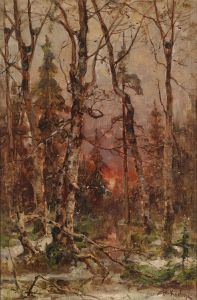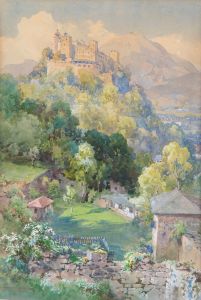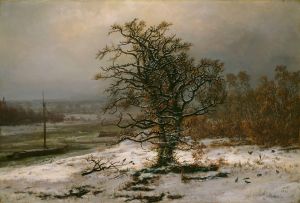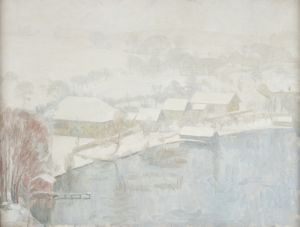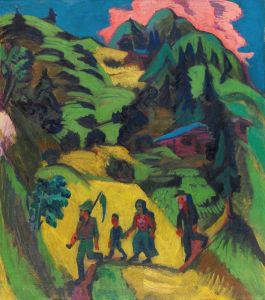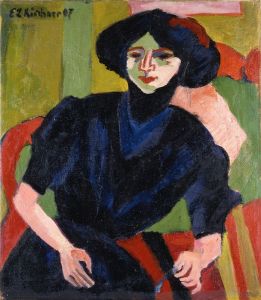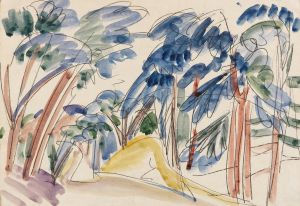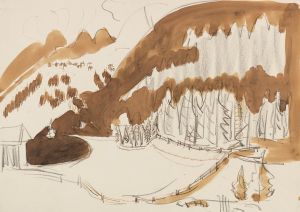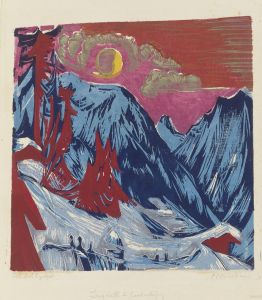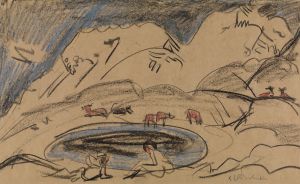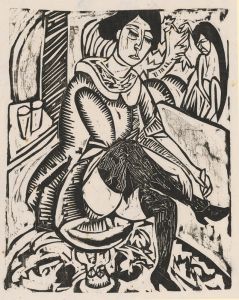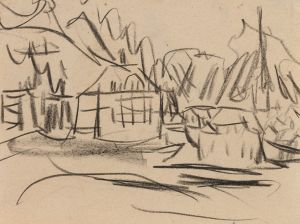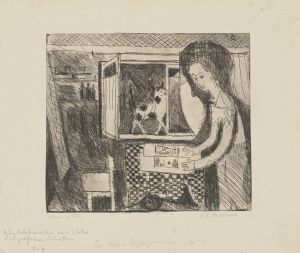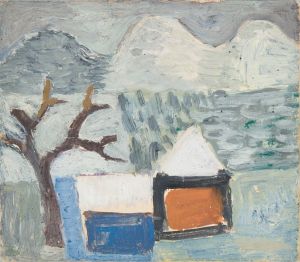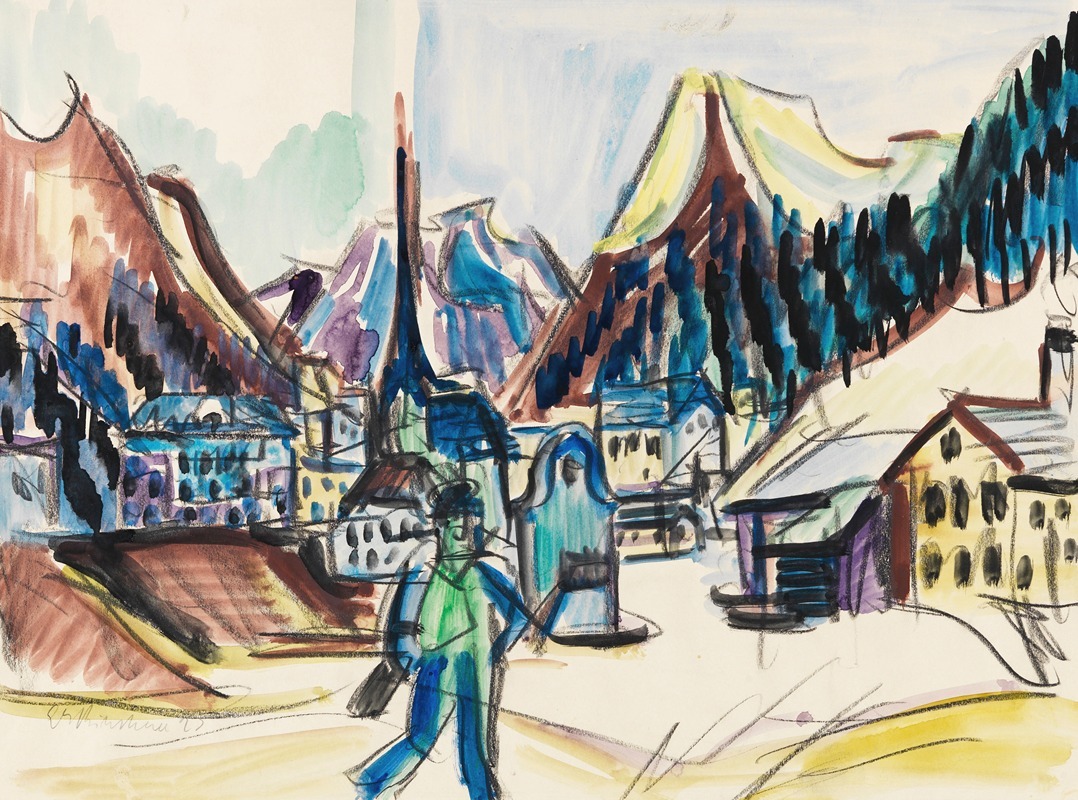
Ansicht von Davos
A hand-painted replica of Ernst Ludwig Kirchner’s masterpiece Ansicht von Davos, meticulously crafted by professional artists to capture the true essence of the original. Each piece is created with museum-quality canvas and rare mineral pigments, carefully painted by experienced artists with delicate brushstrokes and rich, layered colors to perfectly recreate the texture of the original artwork. Unlike machine-printed reproductions, this hand-painted version brings the painting to life, infused with the artist’s emotions and skill in every stroke. Whether for personal collection or home decoration, it instantly elevates the artistic atmosphere of any space.
Ernst Ludwig Kirchner's Ansicht von Davos (View of Davos) is a painting created by the German Expressionist artist during his time in Davos, Switzerland. Kirchner, a founding member of the influential art movement Die Brücke, is known for his vibrant use of color, dynamic compositions, and emotional intensity. This particular work reflects his deep connection to the Alpine landscape, which became a central theme in his art after he moved to Davos in 1917.
Kirchner relocated to Davos seeking recovery from both physical and psychological challenges exacerbated by his experiences during World War I. The serene yet dramatic environment of the Swiss Alps provided him with a sense of solace and inspiration. His works from this period often depict the natural beauty of the region, characterized by bold, angular forms and a vivid color palette that conveys both the majesty and the emotional resonance of the landscape.
Ansicht von Davos captures the essence of the town and its surrounding environment. The painting is marked by Kirchner's signature style, which combines elements of abstraction with a strong emotional undercurrent. The composition likely includes the jagged peaks, dense forests, and scattered buildings typical of the Davos area, rendered in a way that emphasizes their structural and chromatic intensity. Kirchner's approach to depicting the landscape was not purely representational; instead, he sought to convey his personal experience and emotional response to the scenery.
During his years in Davos, Kirchner developed a unique artistic language that blended his earlier Expressionist techniques with a newfound appreciation for the Alpine setting. This period of his career is often regarded as one of renewal and transformation, as he moved away from the urban themes of his earlier works and embraced the tranquility and isolation of rural life. His paintings from this time reflect a harmonious relationship with nature, even as they retain the expressive energy that defines his oeuvre.
The exact date of creation for Ansicht von Davos is not specified in many sources, but it is generally associated with Kirchner's productive years in Davos during the late 1910s and 1920s. The painting is part of a broader body of work that has been celebrated for its innovative approach to landscape art and its ability to convey the artist's inner world.
Today, Ansicht von Davos is recognized as an important example of Kirchner's later work and his engagement with the Alpine environment. It serves as a testament to his resilience as an artist and his ability to find inspiration in the natural world.





